Australians give a green light to tackle the big challenges
AIRAH has prepared a document outlining the Institute’s policy priorities for the freshly re-elected federal government.
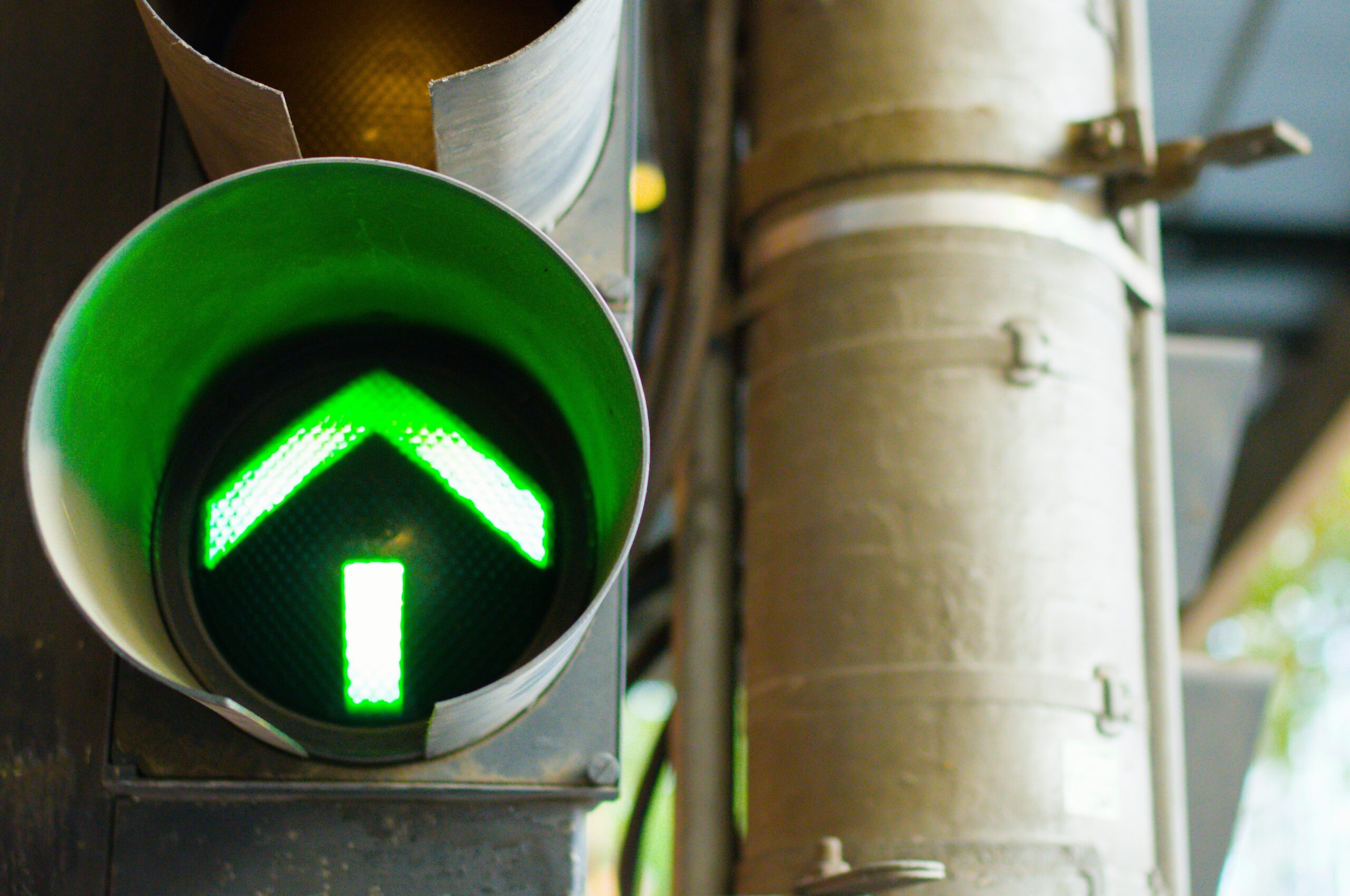
As the Albanese government celebrates a strong election win and prepares for a second term with a clear majority, AIRAH says industry is eager to harness the momentum and make our country healthier, more sustainable, and more productive.
AIRAH CEO Sami Zheng, Affil.AIRAH, says her first response to the election result was relief.
“Our members were alarmed at some of the policies put forward by the opposition,” she says, “in particular the pursuit of nuclear power that would extend the use fossil fuels, and also the plan to freeze the National Construction Code for 10 years. The election results clearly show that Australians did not support these ideas.”
But Zheng also warns that the Labor government cannot afford to rest on the strong election result.
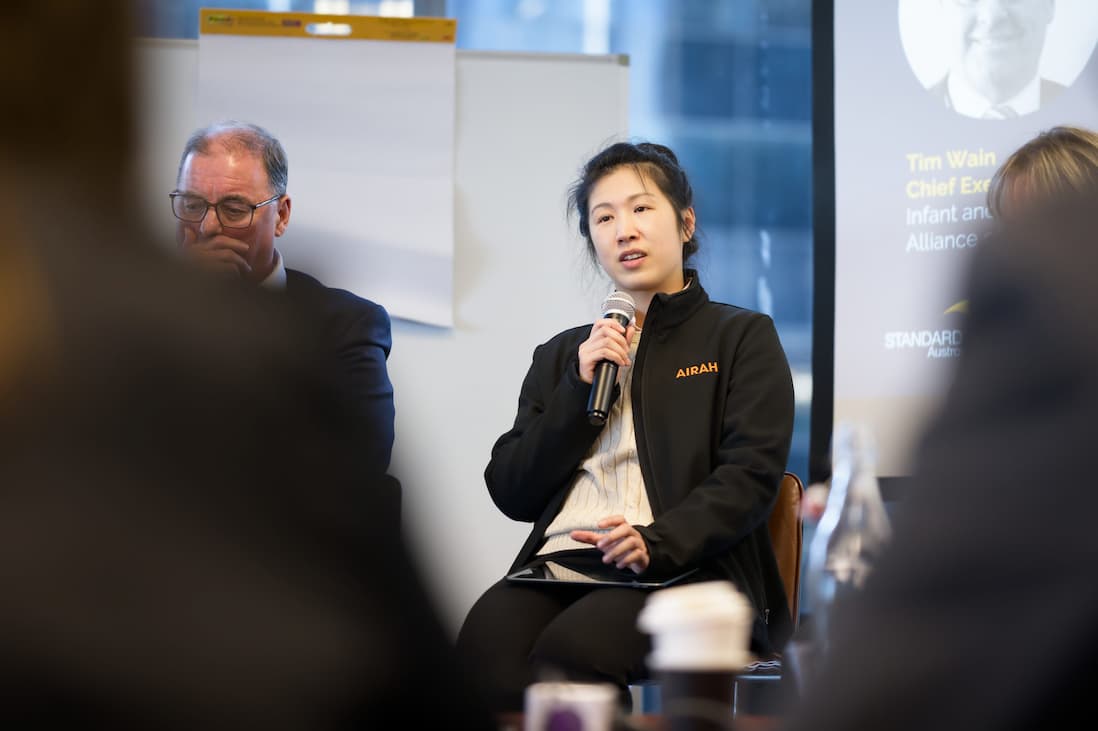

“Australians have given government a mandate to keep working,” she says. “We expect to see great progress over the coming term.”
Healthier people, healthier planet
The first area Zheng points to is improving the wellbeing of building occupants, in particular by safeguarding indoor air quality.
“Improving indoor air quality is perhaps the greatest opportunity of our generation to lift the quality of life of all Australians,” she says. “We can improve people’s health and productivity, while also protecting the most vulnerable people in our society. We look forward to continuing the positive conversations we have had with the Albanese government and turning these into concrete actions.”
When it comes to addressing climate change, Zheng says the built environment is ready to play a leading role, with proven technologies and strategies – unlike many hard to abate sectors. Through instruments such as the Sectoral Net Zero plan, Trajectory for Low Energy Buildings, expanded NABERS and CBD schemes, stronger policy on refrigerant gases, and ongoing funding for three-yearly revisions to the National Construction Code, she says Australians can have the buildings they deserve, without overburdening the environment.
“It is right that the housing crisis has been a focus throughout the election,” says Zheng.
“But there is little value in building hundreds of thousands of new houses if they will not provide adequate living conditions in 10–20 years’ time. Australians need quantity and quality.”
AIRAH CEO Sami Zheng, Affil.AIRAH
Workforce priorities
To deliver these goals, Australia needs a strong and plentiful workforce. In the building and construction sector, that means more engineers and more trades.
“It all starts with expanding the pipeline of talent,” says Zheng. “In schools, we need to keep engaging all students with STEM subjects. We also need to recognise the value of vocational education and training, rather than treating it like the poor cousin to university. This requires a holistic, nuanced approach – free TAFE places is a good start, but this must be supported by investment in the facilities and in the educators.”
Overall, Zheng says Labor’s second term presents an opportunity.
“We are excited about working with the Albanese government to tackle the big issues facing Australians, and making a better world with HVAC&R.”
AIRAH has prepared a document directed at the re-elected government outlining the Institute’s policy priorities. You can access and download the policy document for free via the AIRAH website.
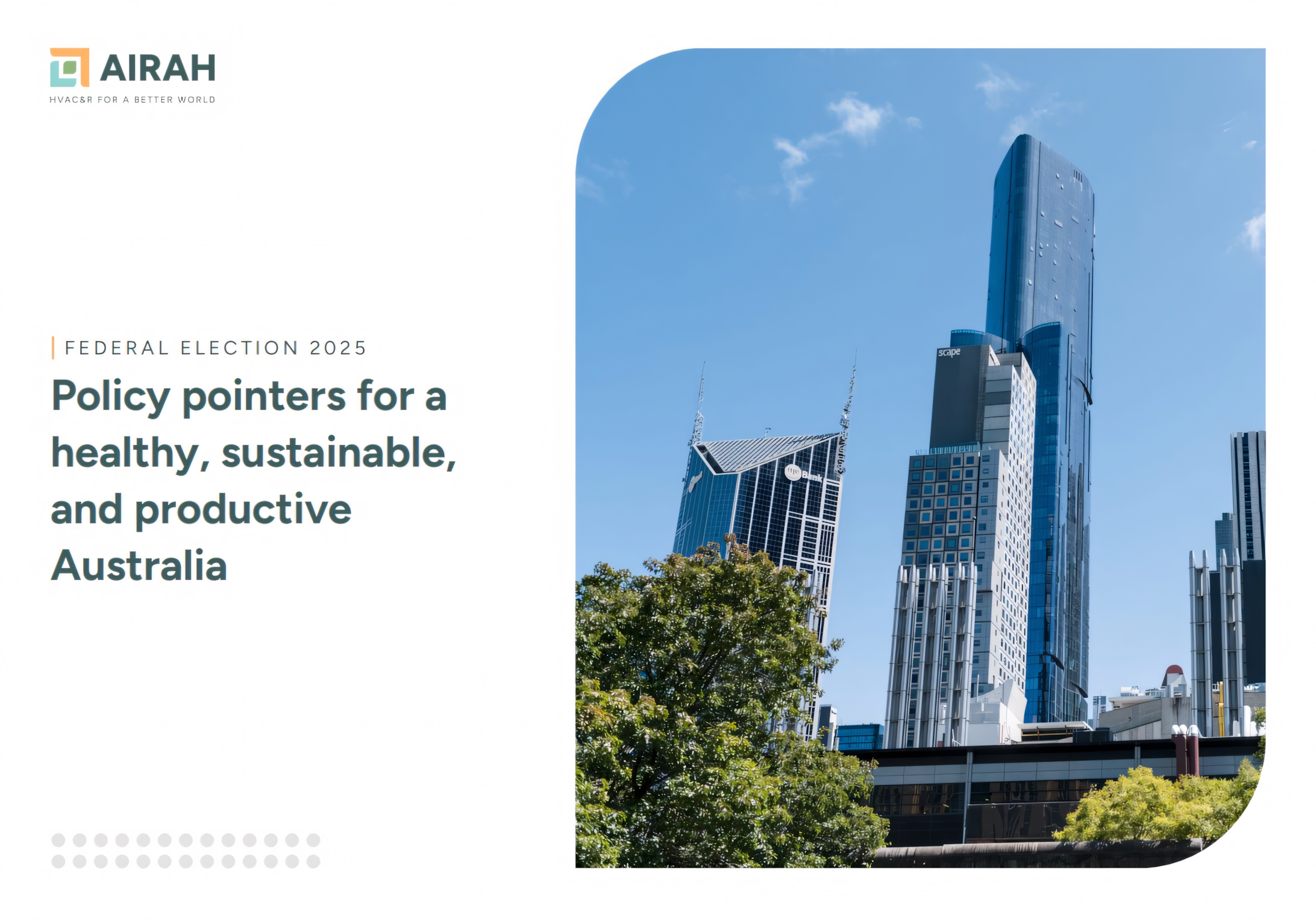

About AIRAH
The Australian Institute of Refrigeration, Air Conditioning and Heating (AIRAH) has been a cornerstone of the HVAC&R industry for over 100 years, providing vital support to its members and advancing industry standards. Today, AIRAH unites more than 4,000 industry professionals across Australia, including engineers, technicians, business leaders, educators, government, and other industry bodies.
Our mission is to lead an Australian HVAC&R industry that is highly skilled, safe, and sustainable. We do this through technical leadership, industry transformation, professional and personal development, and community and connection.
PREV
NEXT
Comments
-
Good Morning , I cannot agree with the commentos of the CEO, Sami Zheng, with regard to Nuclear Power being rejected by those in our industry. Her comments are not balanced nor supported by the facts. Nuclear Power is embraced by numerous G7 countries throughout the world including China. Approx 80% of Frances power is provided by Nuclear energy. China continues to build Nuclear power stations at a pace. Smaller, modular Nuclear power systems have to be considered as part of Australias Energy solution. There is also the development of fussion reactors which do not rely on Uranium & do not have the nuclear waste issues of urranium.
I strongly object to the CEO statements in support of labour policies & making negative comments about coalition policies. She should not be taking political sides in this & I very strongly object to her making them. In fact i would like a retraction of those statements with something more nuetral. I do not support or endorse labours energy policy, especially around wind turbines. And just for the record i owned and operated a solar business for 20 yrs ( Solahart). I have been a member of a genuine conservation foundation for many years & campaigned vigourously against a proposed Pumped Hydro project in our most beutiful local rain forst area due to the incredable cost( over $20 Billion) & the damage it ould do to our local area. Solar & wind have their limitiations.
This platform is not to expose personal ideologies as the CEO is doing here. Her generalised statements of support for labours policies is unsupported. Did we have a vote on who supports labours policies & who doesnt?? I dont remember revieving the memo.
Retraction please as soon as possible. Not happy at all
Advertisements
Recent news
- 2025 AIRAH National Awards: Louvreclad wins Excellence in Innovation – Best New Product
- 2025 AIRAH National Awards: Woolworths Group wins both Excellence in Refrigeration and Excellence in Innovation
- 2025 AIRAH National Awards: A.G. Coombs wins Excellence in HVAC – Best Retrofit Project
Latest events
- 2025 AIRAH National Awards: Louvreclad wins Excellence in Innovation – Best New Product
- 2025 AIRAH National Awards: Woolworths Group wins both Excellence in Refrigeration and Excellence in Innovation
- 2025 AIRAH National Awards: A.G. Coombs wins Excellence in HVAC – Best Retrofit Project
 Mark Vender
Mark Vender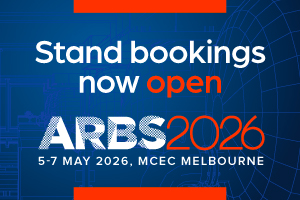
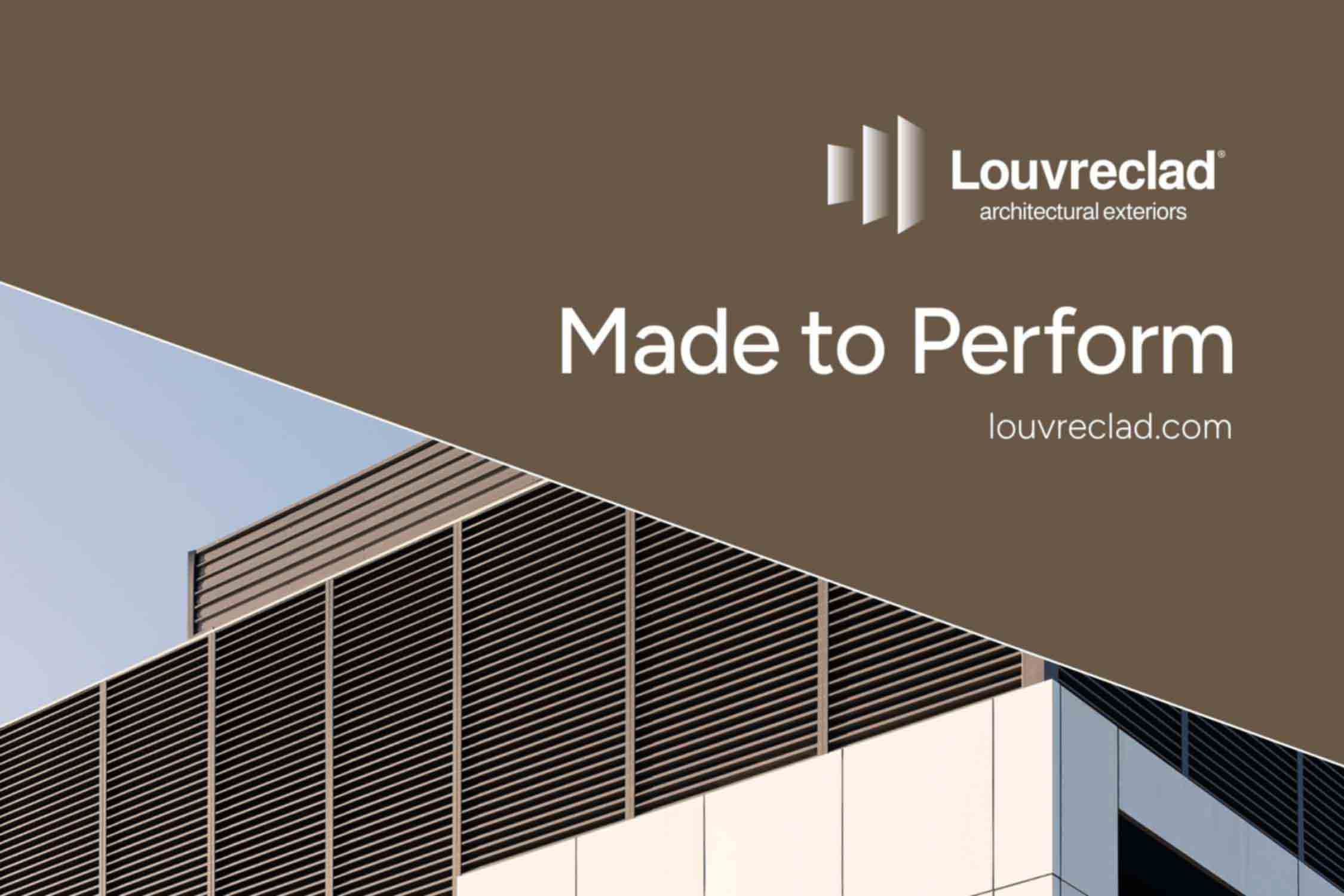
Leave a Reply